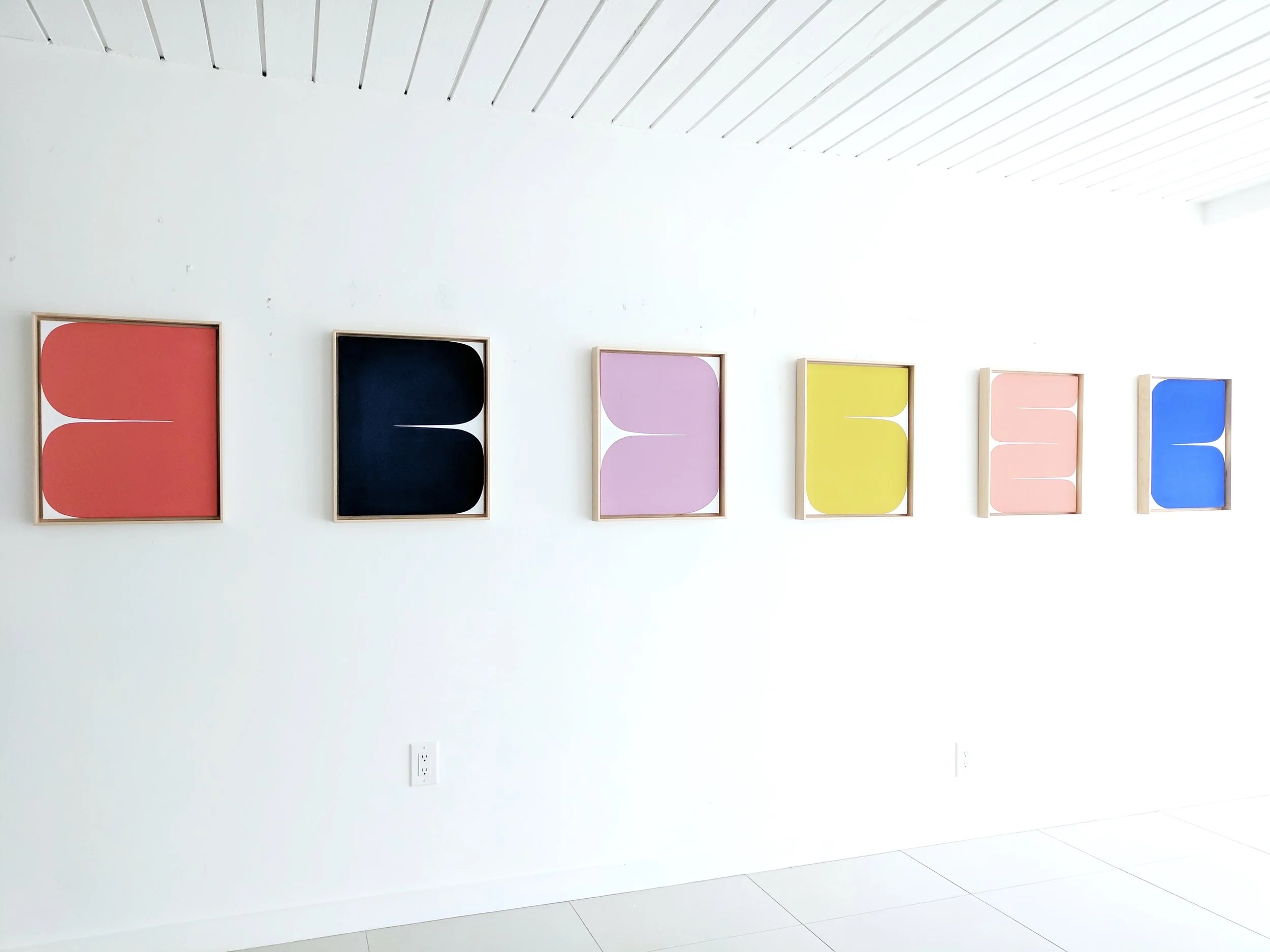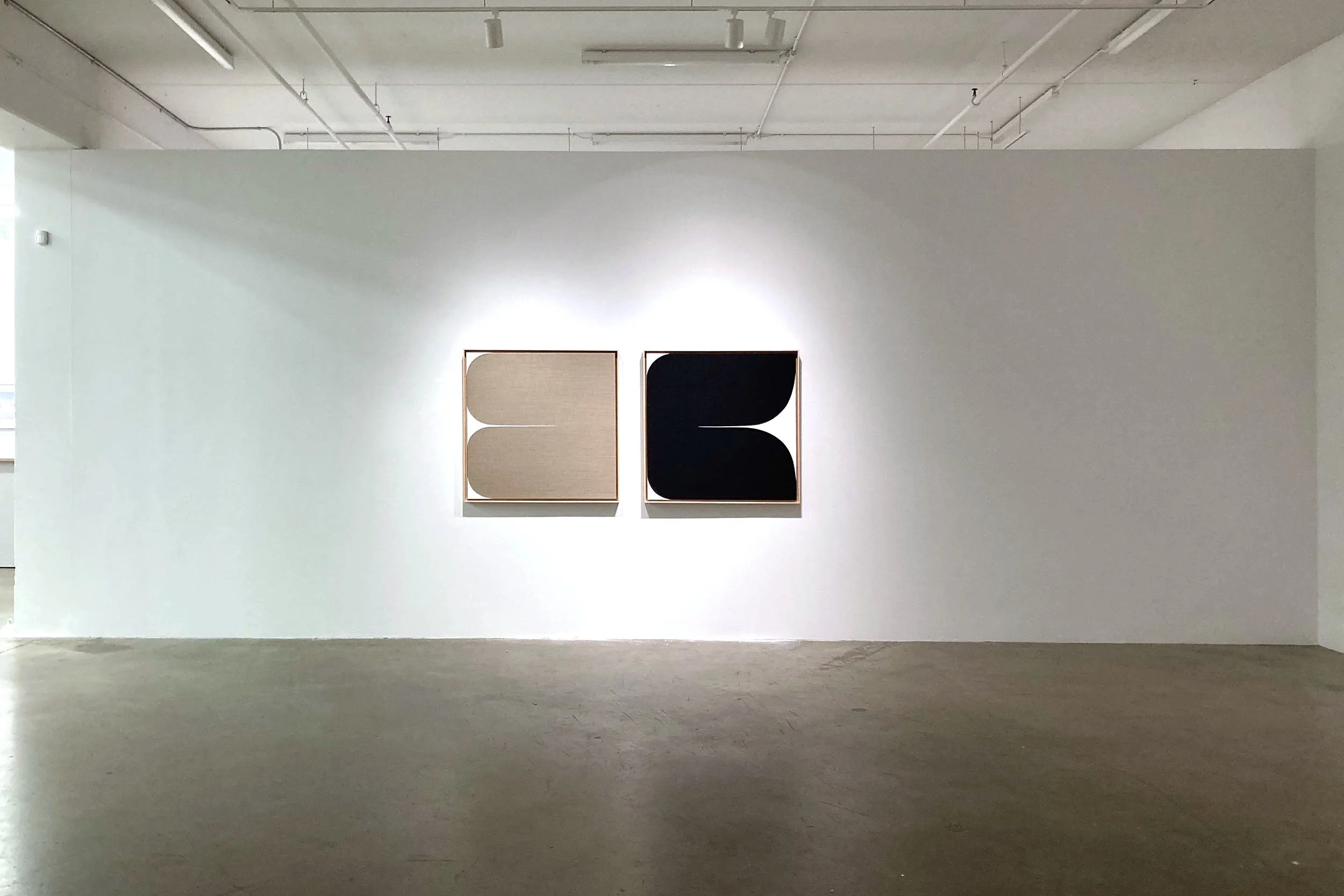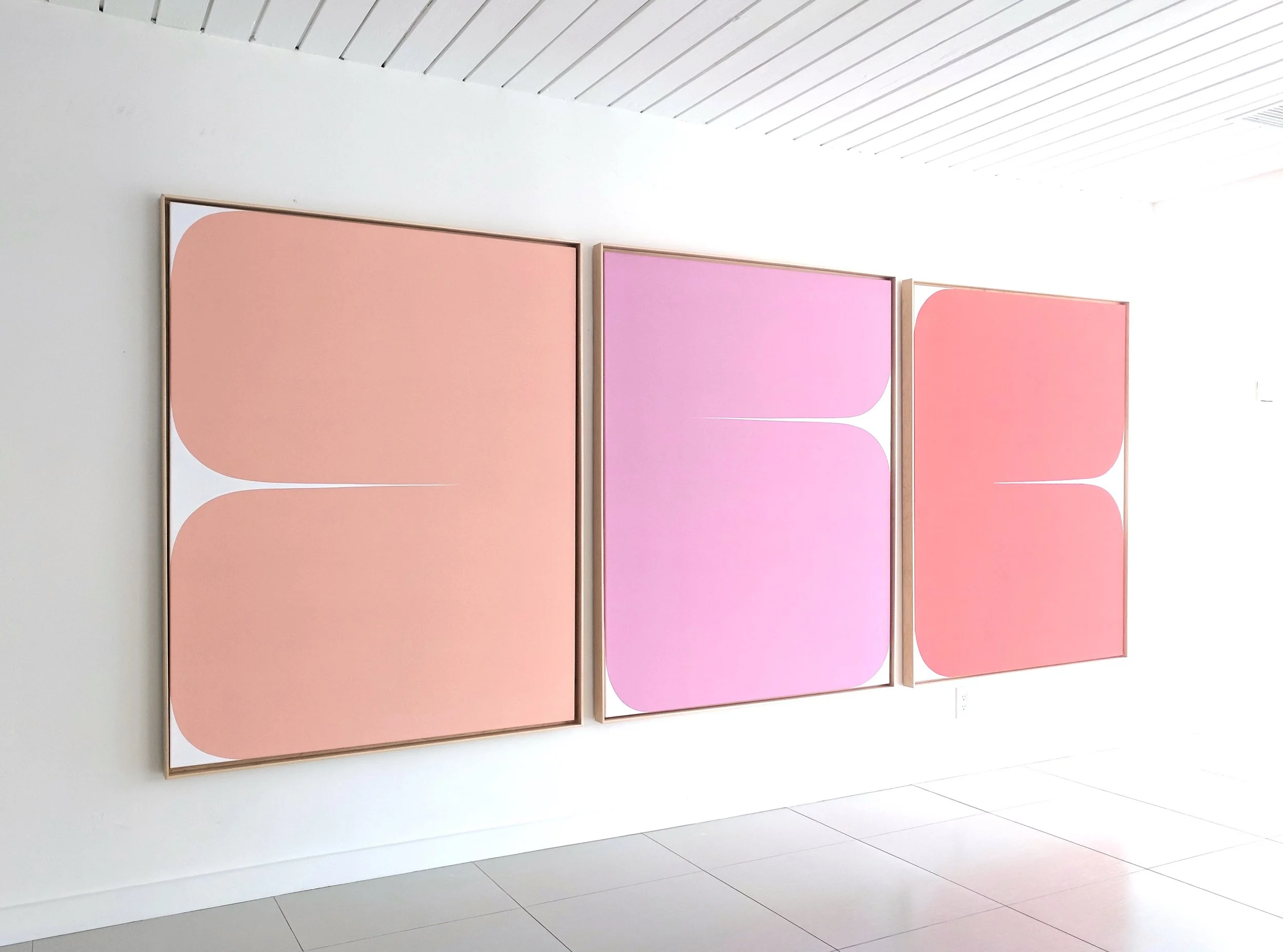


My Heart is a Thousand Colours
My Heart is a Thousand Colours
MY HEART IS A THOUSAND COLOURS: A CONTINUOUS MONUMENT TO COLOUR
After our mother tongue, colour is perhaps, our second language. Unlike words, though, colour enters only through the eyes and is therefore subject to our perception by way of temporal conditions like light, atmosphere, distance, the materiality of the object, and perhaps most importantly, what is next to it. These conditions create distortions that are individual to each of us, yet we share in our experience of them and develop visceral and cerebral preferences and prejudices. Colour’s proximity to other colours especially obfuscates what we call, in painting “local colour” -- the colour of an object without the effects of light and shadow, the casts of other objects, or what our eyes do when colours are grouped. When painting the landscape outdoors, for example, local colour is practically non-existent. Painters en plein air practice long looking -- so they might identify the colours in nature they’re actually observing, as opposed to what their brains have already told them they’re seeing. In other words, snow is never white.
Meet Me at Our Spot, 73.5 x 109.5 inches, acrylic on canvas, 2021
Within these colour concepts, My Heart is a Thousand Colours explores the idea of a “contrapuntal diptych.” In music, “counterpoint” is the relationship between two or more musical lines which are harmonically interdependent yet independent in rhythm and melodic contour. Its use is especially masterful in the compositions of J.S. Bach, but the device is prevalent in many genres. Counterpoint is different from harmony in that it doesn’t ride the same line in order to make one harmonically sound melody, but rather weaves in and out of a dialogue, providing tension with its own voice. A modular and immersive installation of paintings is a striving for a similar vibration and rhythm, plus light bouncing effects, and to conjure a sense of pleasurable longing within opposing intensities in saturation, lightness and darkness and warm and cool associations. It is, perhaps also an effort to stabilize a mutable force; to play at ordering nature while embracing its mysteries. In doing so, we can strive for a delicate joy: in the pleasure of the travelling eye, in reorganization, in preference, in separation and connection, and in togetherness.
"Never let go of the fiery sadness called desire." (Matsuo Basho)
Everything Will Be Okay, (Mother) and (Child), 37.5 x 77 inches, acrylic on raw Belgian linen and canvas, 2021

New Alphabet
New Alphabet
NEW ALPHABET
People think that design is merely about how things look but really, it’s about how things function. We may understand this importance in the context of machines and technology, but the same qualities should be required of all things, especially art. Paintings are made to engage, incite and connect, but they also have the chance to quietly work within the perfection of their own archaic technology.
Having recently set up a studio in a 1960 midcentury house in Palm Springs, California, within spaces of sublime quiet and at the edge of the wilderness of Joshua Tree, the high desert and the San Jacinto Mountains, I’m struck again by the power of a new environment to radicalize the basic principles that have always driven my work: asymmetry, asperity (the roughness or irregularity of things,) simplicity, austerity and intimacy -- all nudging toward a striving for balance, rhythm, harmony and defiant softness. The Japanese aesthetic of wabi-sabi and its principles acknowledge that objects and experiences are most beautiful when they evoke a feeling of spiritual longing.
Moon Woke Me Up Fifteen Times, 67.5 x 93.5 inches, Acrylic on canvas, 2020
My mother’s Japanese heritage and my father’s influence as a Canadian landscape painter have informed my process, execution and themes. My work strives to offer simultaneously, a place of visual shelter and excitement and to occupy space with objects that blur the signifiers of gender, craft and monuments. As much as these works seek to embody colourfield foundations and to straddle the ineffable sensations of weightiness and weightlessness, they’re also concerned with tactile materiality and light- bouncing surface illusions. The super-flatness of saturated void spaces and their edges are meticulously created freehand: no projection, resist or tape is used.
“There is nothing you can see that is not a flower; there is nothing you can think that is not the moon." (Matsuo Basho)
The Plow, The Perch, The Cross, 61.5 x 156 inches, Acrylic on canvas, 2019



